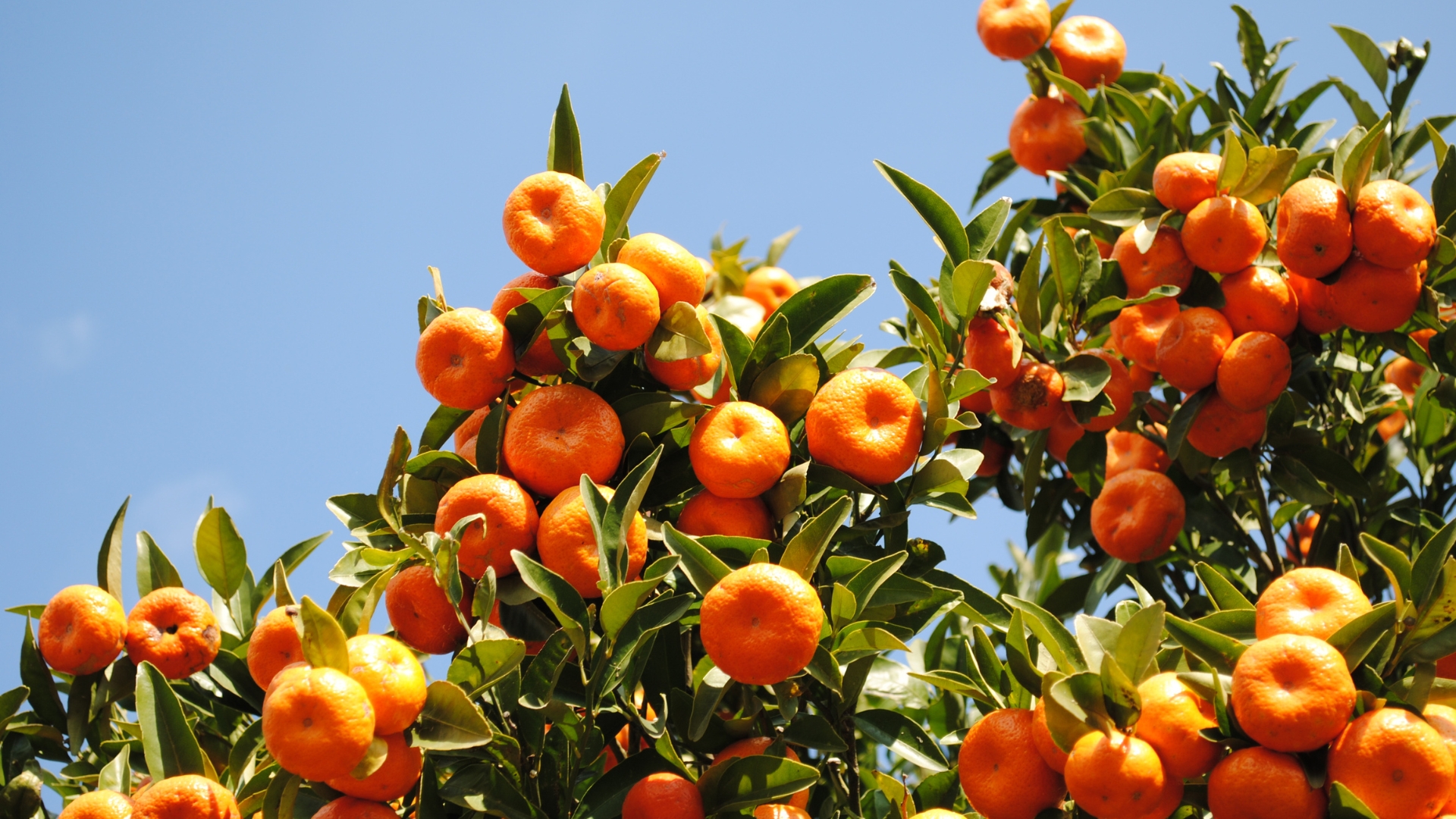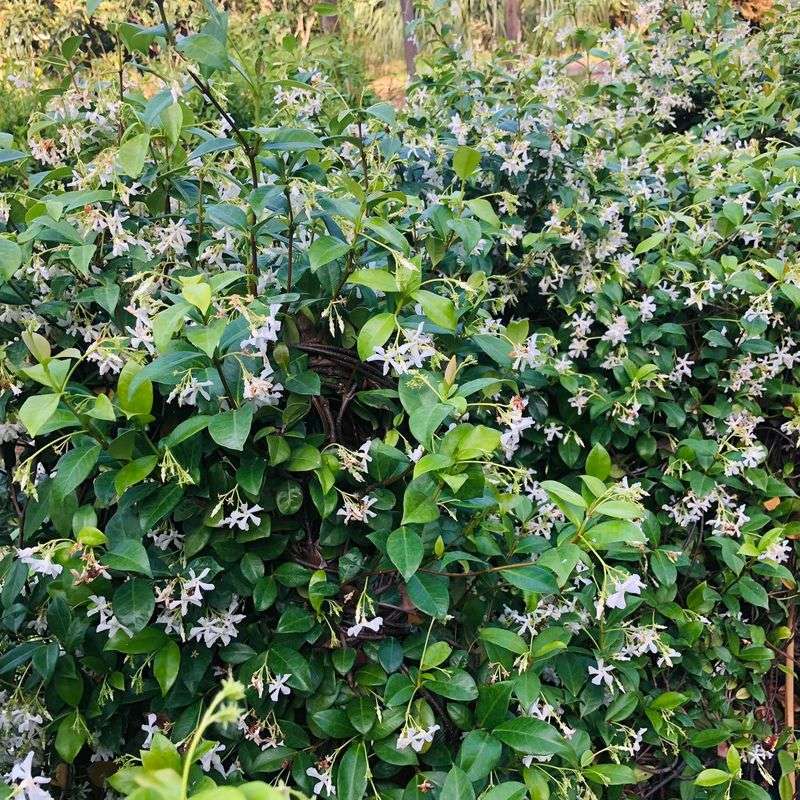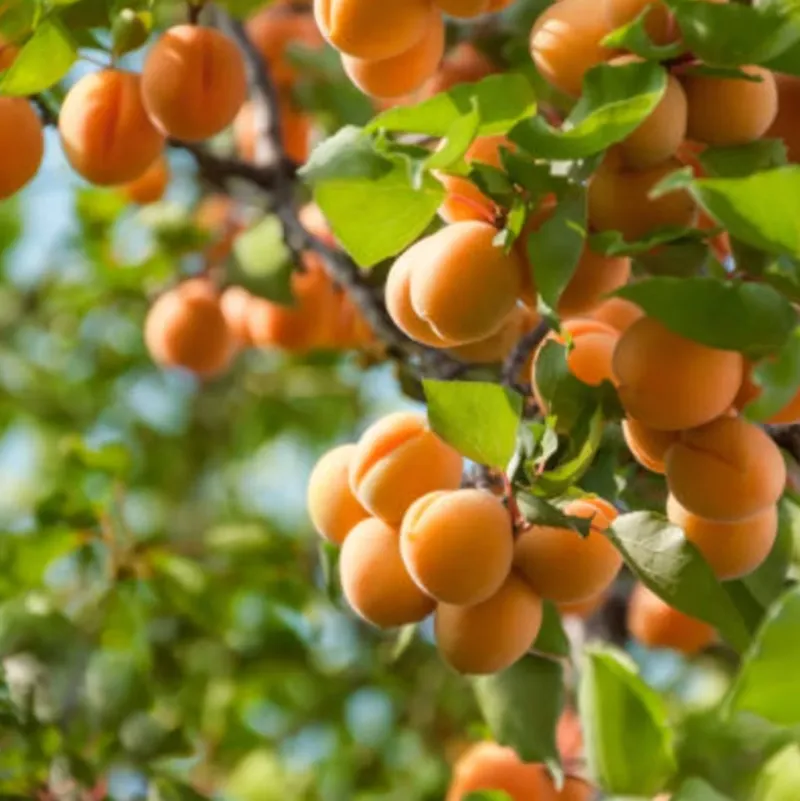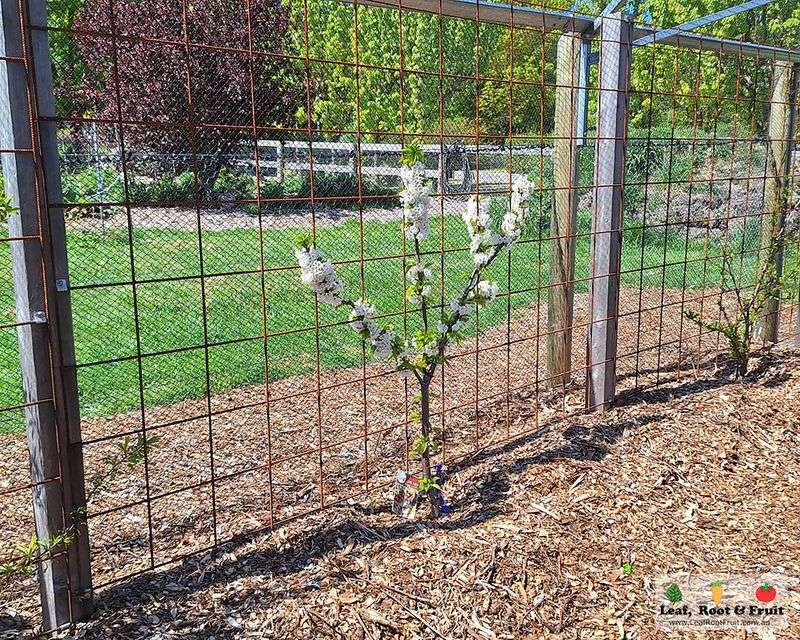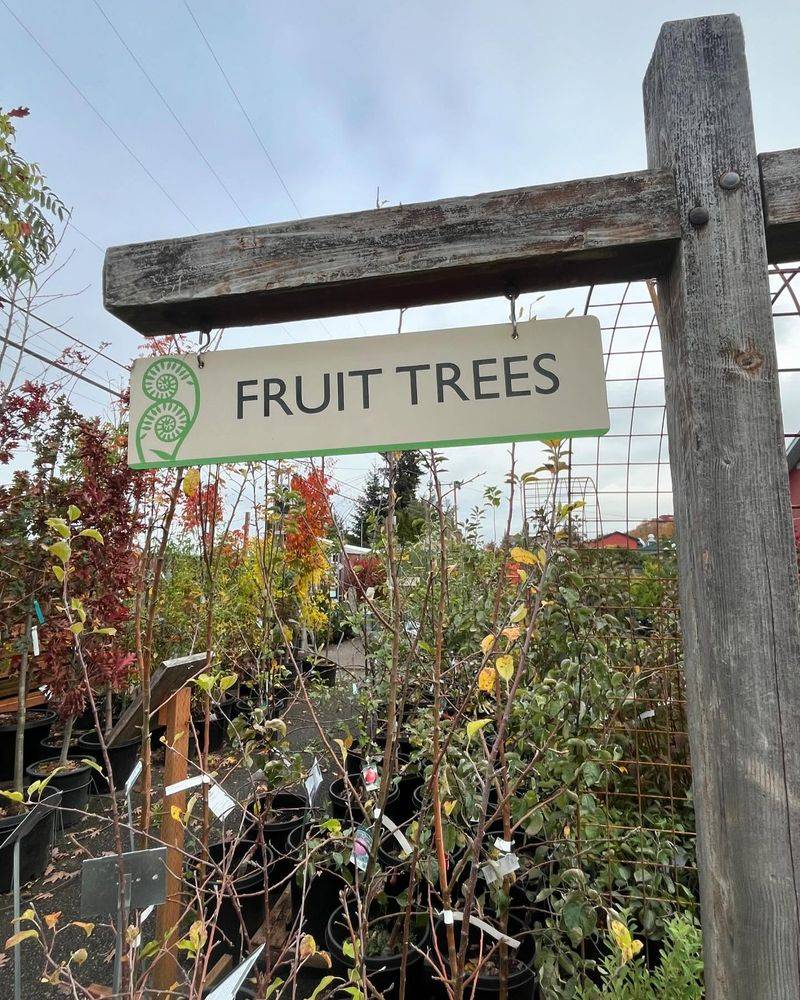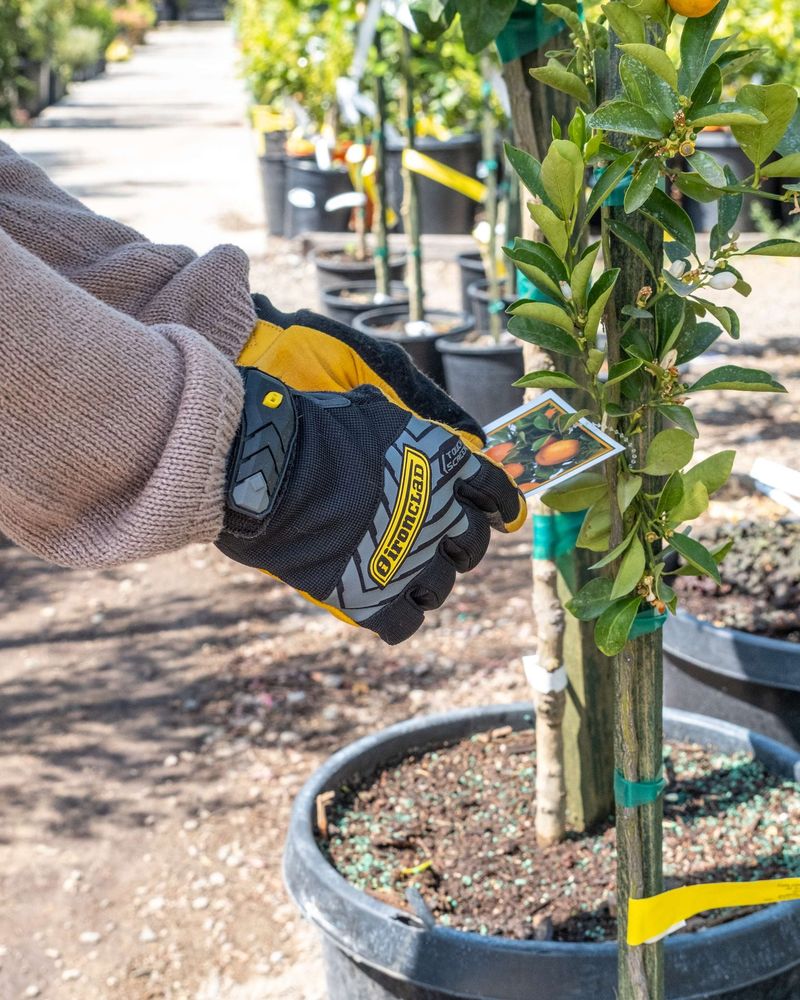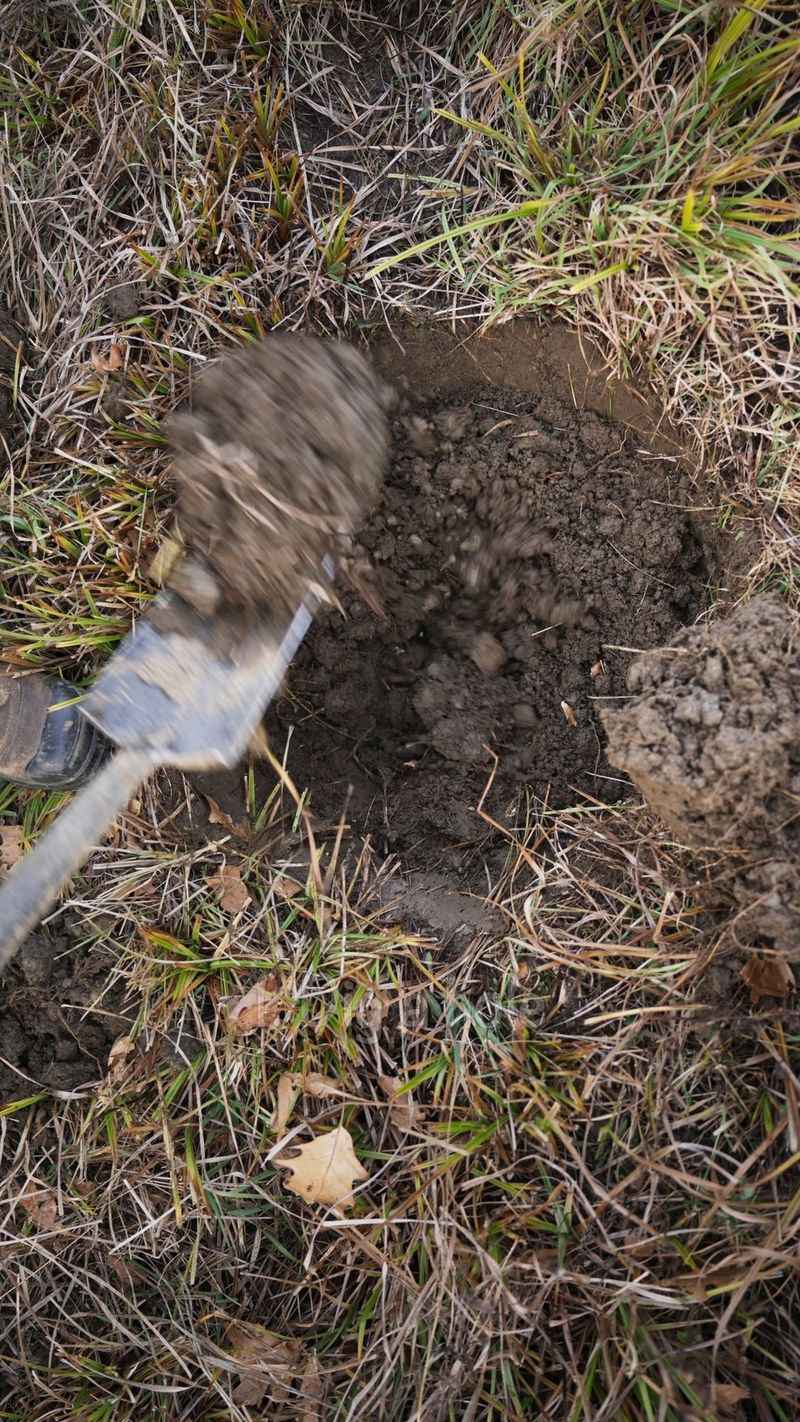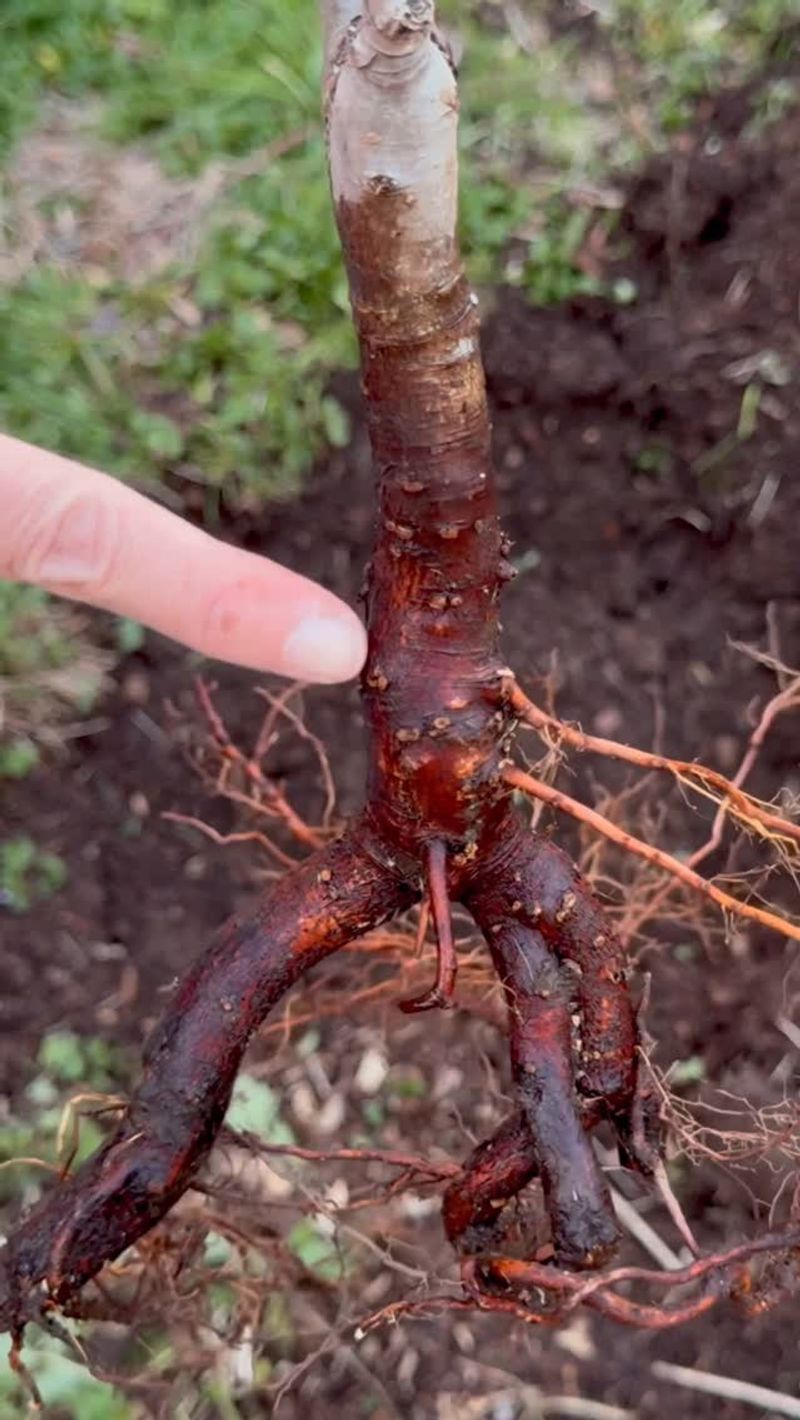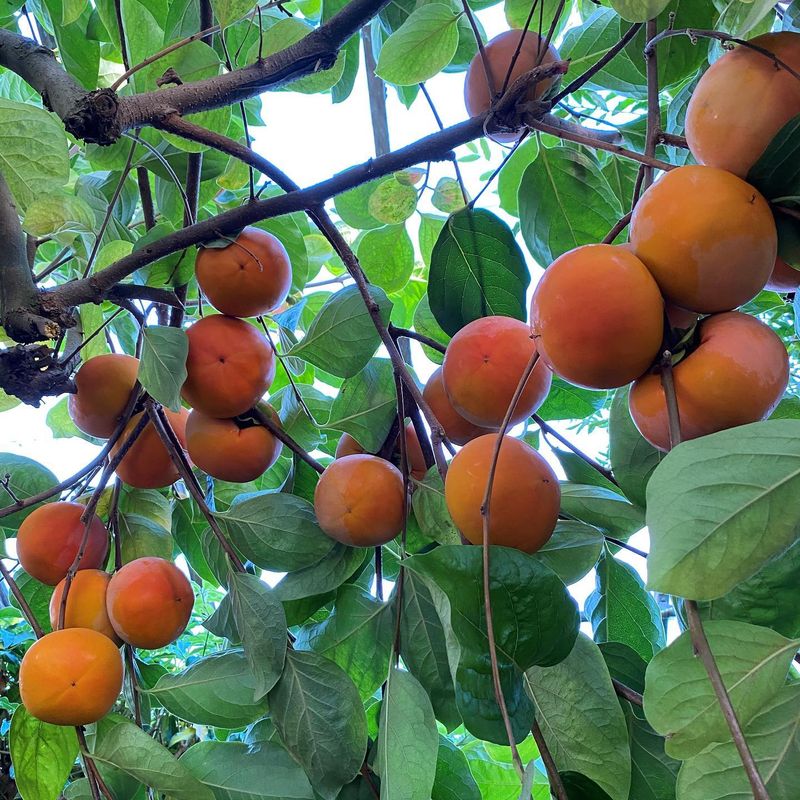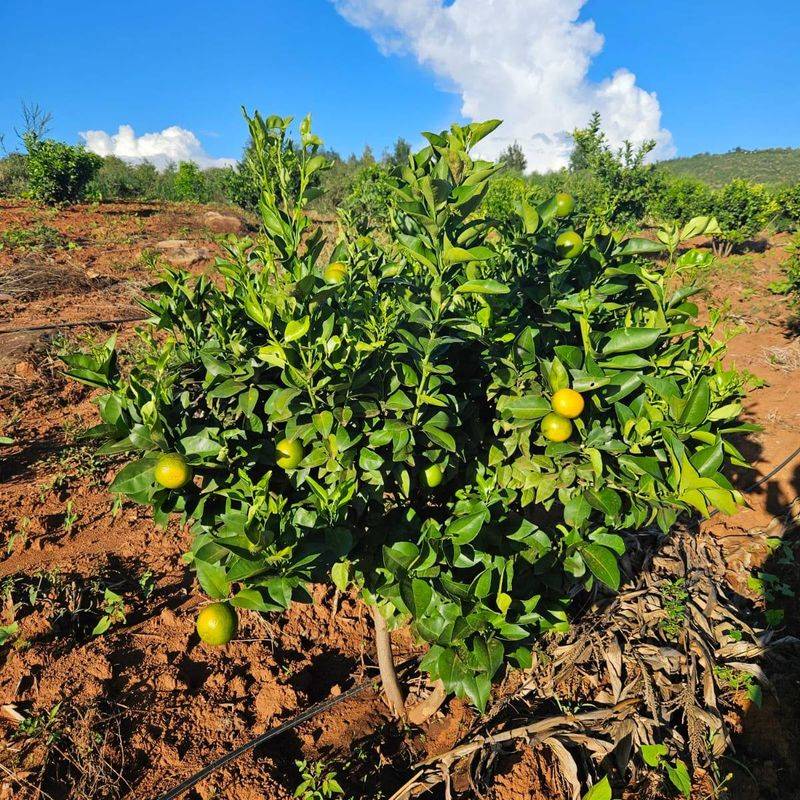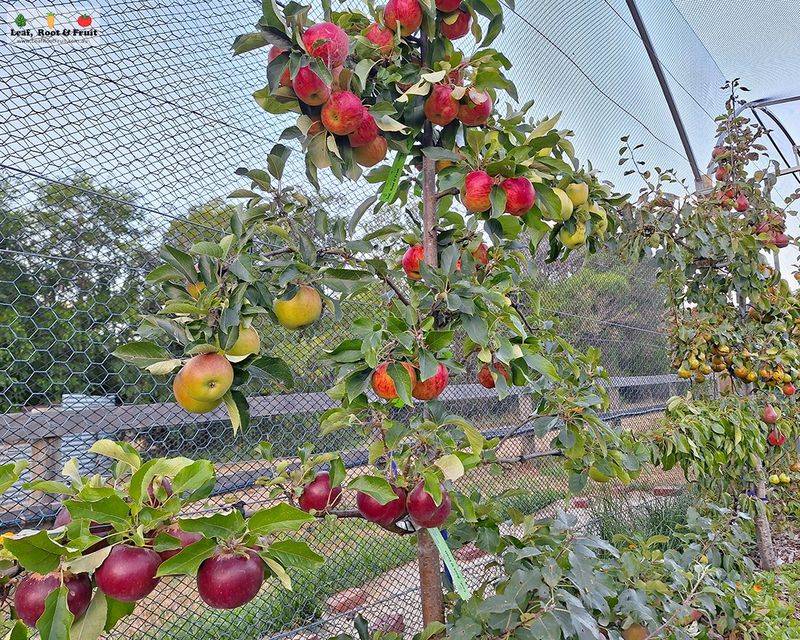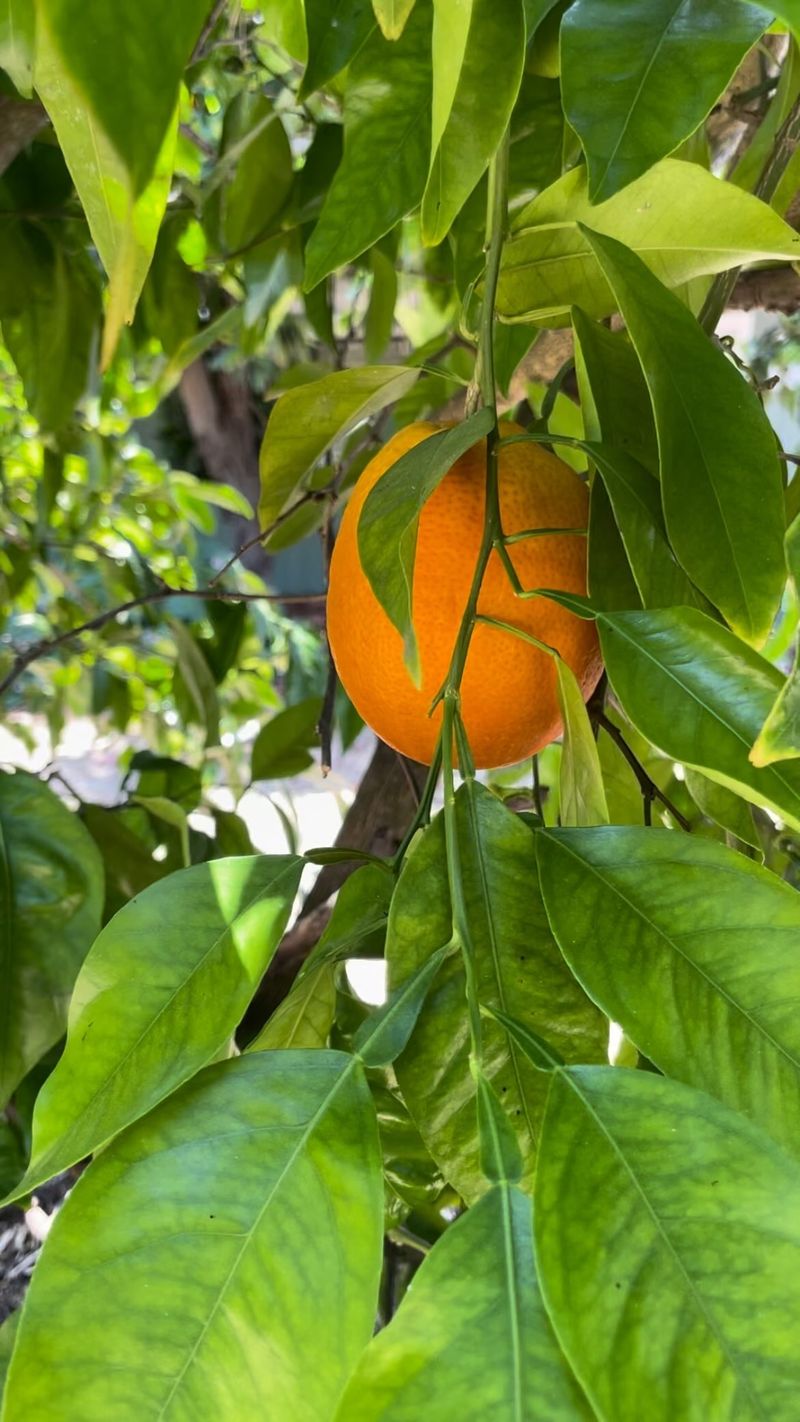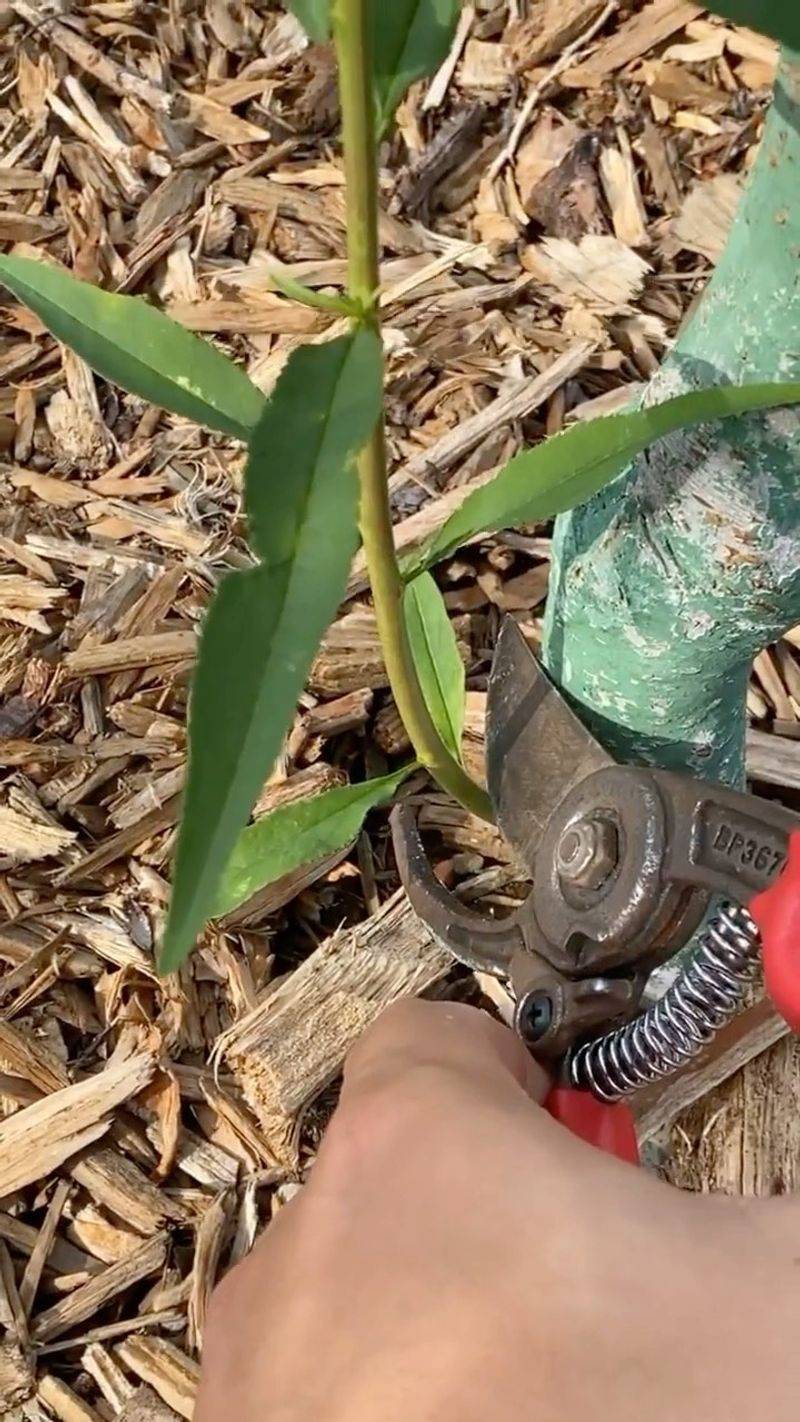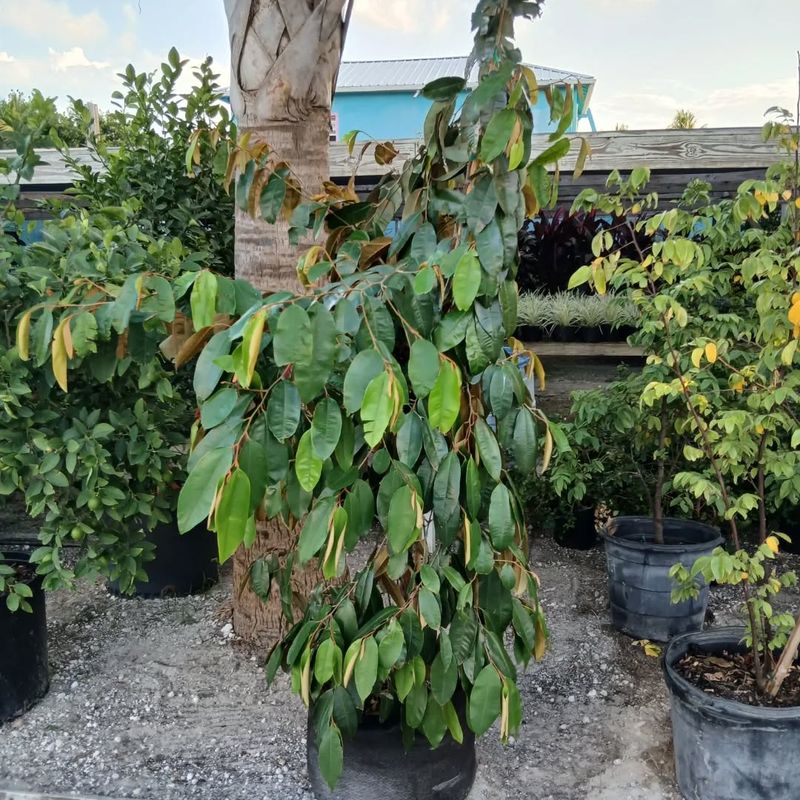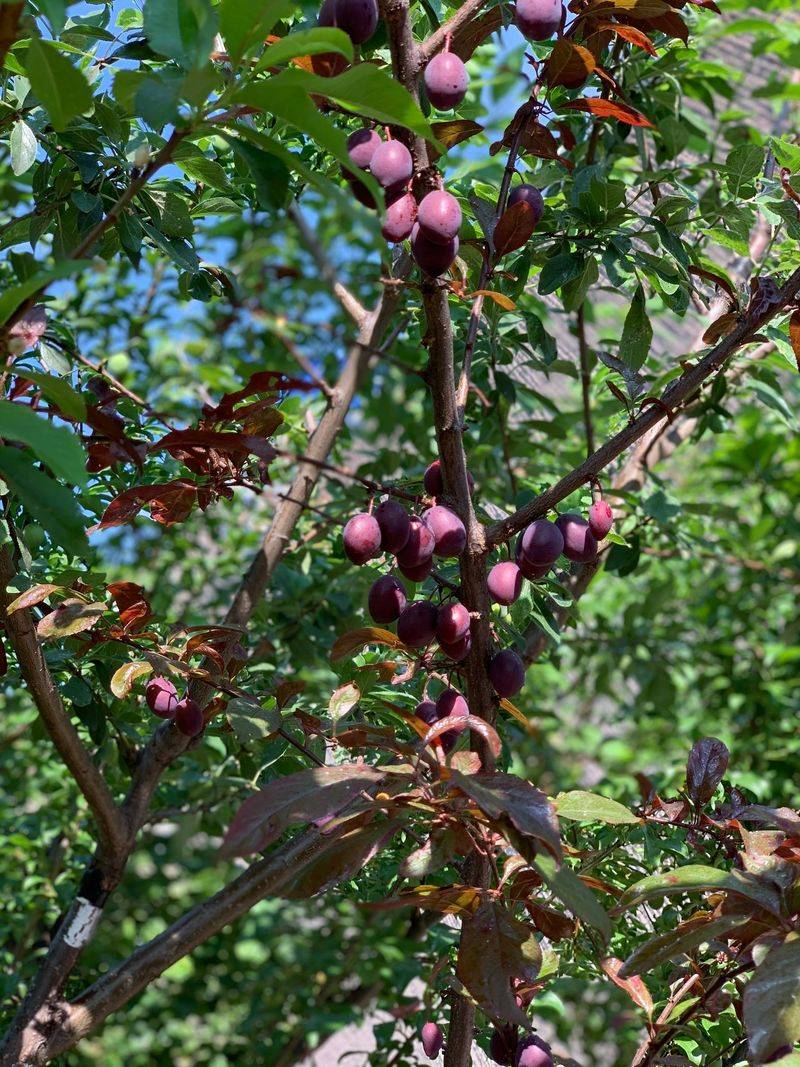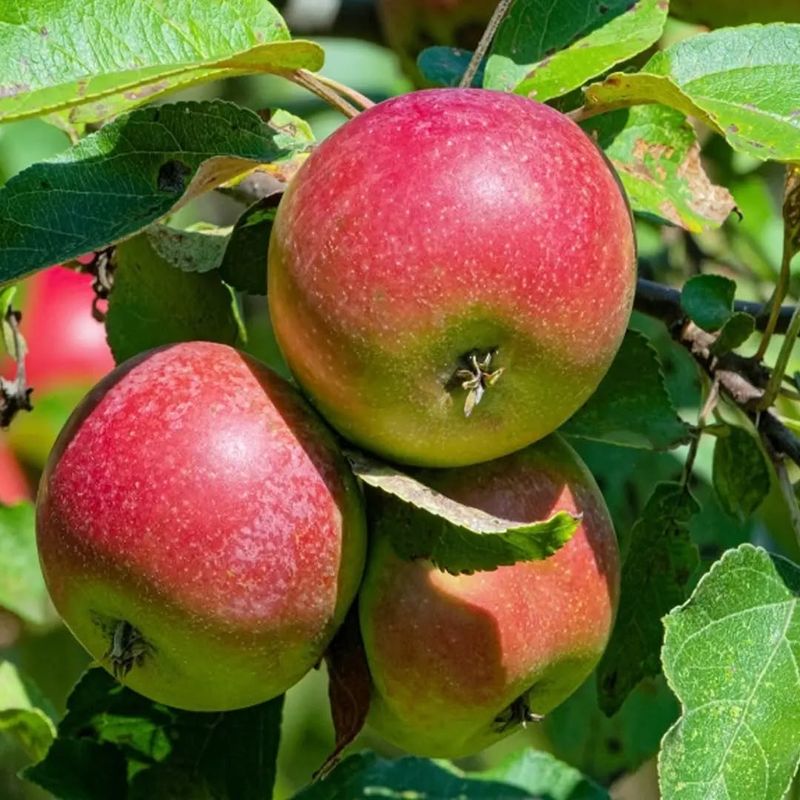Picking the right fruit tree isn’t just about choosing your favorite fruit—it’s about finding one that actually thrives in your garden.
I’ve made a few mistakes in the past (hello, sad little citrus tree), but I’ve learned what really matters. From chill hours to pollination buddies, there’s a lot that can make or break your tree’s success.
Once you get it right, though, the reward is sweet—literally. Let’s walk through the key tips to help you bring home the perfect tree for your yard.
1. Know Your Hardiness Zone
Every gardener should start by identifying their USDA hardiness zone before even thinking about fruit tree varieties. This numerical rating tells you the average annual minimum winter temperature in your area, which directly impacts which trees can survive year-round.
Most nurseries label their trees with hardiness zone information. If you choose a tree that’s not suited for your zone, you’re essentially setting yourself up for heartbreak when winter arrives. The USDA website offers a simple zip code search tool that instantly reveals your growing zone.
2. Consider Chill Hours
Many fruit trees need a specific number of cold hours (typically between 32-45°F) during winter to properly break dormancy and produce fruit the following season. Apple trees might need 800-1,000 chill hours, while certain peach varieties require as few as 200.
Living in a warm climate? Look for ‘low-chill’ varieties specifically developed for mild winters. Residents of colder regions have more options but should still match the tree’s chill requirements to their local conditions. Your county extension office can provide data on average chill hours in your area.
3. Assess Your Space
Standard-sized fruit trees can reach 25-30 feet tall and spread just as wide, overwhelming small yards and casting unwanted shade. Thankfully, many varieties come in dwarf or semi-dwarf forms that produce full-sized fruits while staying manageable.
Don’t forget to consider the mature width when planning placement. Trees need good airflow between them to prevent disease issues. Also think about access – you’ll need to reach those beautiful fruits when harvest time arrives! Potted dwarf varieties work wonderfully for patios and small spaces.
4. Check Pollination Requirements
Some fruit trees are self-fertile, meaning one tree can pollinate itself and produce fruit. Others require cross-pollination from a different variety of the same fruit to bear a good harvest. Apples, most sweet cherries, and many pear varieties fall into this second category.
If you only have space for one tree, stick with self-fertile options like most peaches, apricots, or self-fertile cherry varieties. For trees needing a pollinator, ensure the flowering periods overlap. Some nurseries offer multi-grafted trees with compatible varieties growing on one rootstock – perfect for small spaces!
5. Research Disease Resistance
Nothing’s more disheartening than watching your beautiful fruit tree succumb to disease. Many modern varieties have been bred specifically for resistance to common problems like apple scab, fire blight, or peach leaf curl.
Disease-resistant varieties mean fewer chemical treatments and healthier harvests. This is especially important for organic gardeners who avoid synthetic pesticides. Ask local fruit growers which diseases are prevalent in your area, then choose varieties bred to withstand those specific challenges. Your future self will thank you during harvest season!
6. Understand Soil Requirements
Most fruit trees prefer well-draining soil with a slightly acidic to neutral pH (around 6.0-7.0). Before planting, conduct a simple soil test to determine your soil’s composition and pH level. Garden centers sell affordable test kits that provide quick results.
Clay soil tends to hold too much moisture, potentially causing root rot. Sandy soil might drain too quickly, leaving trees thirsty. Adding organic matter like compost helps improve both types. For severely challenging soils, consider raised beds or mounding the planting area to improve drainage while adding appropriate amendments.
7. Examine Root Structure
When buying bareroot trees (dormant trees sold without soil), inspect the roots carefully. Healthy roots should be numerous, fibrous, and light in color – not dark, mushy, or with a foul smell. Avoid trees with circling or girdling roots that could eventually strangle the trunk.
For container-grown trees, gently remove the pot to check if the tree is root-bound. Roots should not be densely circling the container’s edges. If they are, make vertical cuts down the sides of the root ball before planting to encourage outward growth and prevent future problems.
8. Consider Fruit Production Timeline
Patience is definitely a virtue when growing fruit trees. Standard trees grown from seed may take 5-8 years before producing their first harvest. Grafted trees typically fruit much sooner, often within 2-3 years after planting.
If quicker results matter to you, look for trees labeled as ‘precocious’ varieties that bear fruit earlier than others. Also consider the tree’s age at purchase – a 2-year-old tree will reward you sooner than a yearling. Just remember that allowing very young trees to bear too much fruit can stunt their long-term growth and productivity.
9. Evaluate Sun Exposure
Most fruit trees require at least 6-8 hours of direct sunlight daily to produce sweet, abundant harvests. Before purchasing, study your yard throughout the day to identify spots that receive adequate sunshine, especially during spring and summer months.
Morning sun helps dry dew quickly, reducing disease problems. Southern and western exposures typically provide the most intense light. While a few fruits like currants and some cherries can tolerate partial shade, they’ll still produce better with more sun. Remember that nearby buildings and deciduous trees that are bare in winter will cast longer shadows in summer.
10. Look For Local Varieties
Fruit trees that originated in or were developed for your specific region often outperform varieties from distant climates. These local heroes have already adapted to your area’s particular challenges, from rainfall patterns to pest pressures.
Visit local orchards, farmers markets, or county extension offices to discover which varieties excel in your area. Heritage or heirloom varieties with a long history in your region can be especially resilient choices. As a bonus, growing regional varieties helps preserve genetic diversity and connects you to your area’s agricultural heritage.
11. Factor In Maintenance Needs
Different fruit species require varying levels of care. Stone fruits like peaches and cherries typically need more pruning and pest management than apples and pears. Citrus trees are relatively low-maintenance but must be protected from frost in borderline climates.
Be honest about how much time you’re willing to dedicate to tree care. If you’re busy or new to gardening, start with easier options like figs, persimmons, or certain plum varieties. Some modern apple varieties have been bred specifically for disease resistance and simpler pruning requirements, making them more beginner-friendly.
12. Inspect For Grafting Quality
Most fruit trees are grafted – a desirable fruit variety joined to specially selected rootstock. The graft union appears as a slight bulge or angled cut on the lower trunk. This junction should be completely healed with no gaps, cracks, or signs of separation.
Quality grafting ensures the tree benefits from both components: tasty fruit from the top portion and desirable growth characteristics from the rootstock. When planting, keep the graft union 2-3 inches above soil level to prevent the upper portion from developing its own roots, which would negate the rootstock’s benefits.
13. Consider Microclimates
Your yard likely contains multiple microclimates – small areas with slightly different growing conditions than the broader region. South-facing walls radiate heat, creating warmer spots perfect for heat-loving fruits. Low-lying areas collect cold air, potentially damaging early bloomers.
These microclimate variations can let you grow fruits that might otherwise struggle in your region. Plant marginally hardy varieties against south-facing brick walls that provide extra warmth. Avoid frost pockets for early-blooming trees like apricots and almonds. Even small temperature differences can determine success or failure with certain varieties.
14. Ask About Rootstock Options
The rootstock determines crucial characteristics like a fruit tree’s ultimate size, disease resistance, and soil adaptability. Dwarfing rootstocks produce smaller trees perfect for small yards but may have shallower roots requiring staking and regular watering.
Semi-dwarfing options offer a middle ground – manageable size with stronger anchoring. Standard rootstocks create full-sized trees that may be more drought-tolerant once established. Quality nurseries can explain rootstock options for your chosen varieties. This invisible part of your tree might actually be the most important decision you’ll make!
15. Check For Pest Resistance
Certain regions battle specific fruit tree pests – plum curculio in the East, coddling moth throughout North America, or Mediterranean fruit fly in warmer areas. Selecting resistant varieties can dramatically reduce the need for pest management and increase your success rate.
Research common pests in your area before shopping. Some resistance comes from the fruit’s characteristics – thicker skins or earlier harvest times might help evade certain insects. Others have been bred specifically for resistance to particular pests. Local extension offices can provide invaluable guidance on which pests pose the biggest threats in your specific region.

